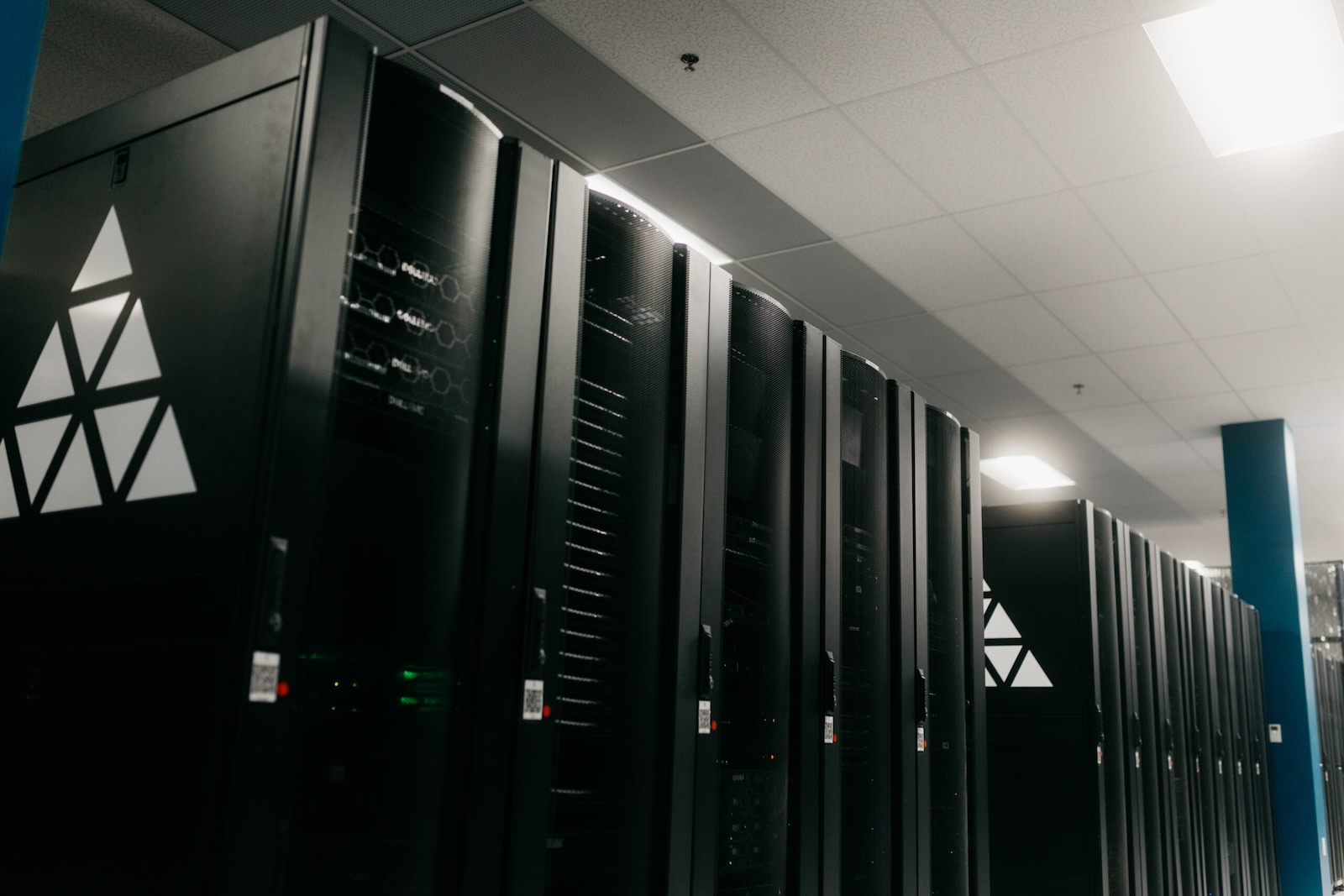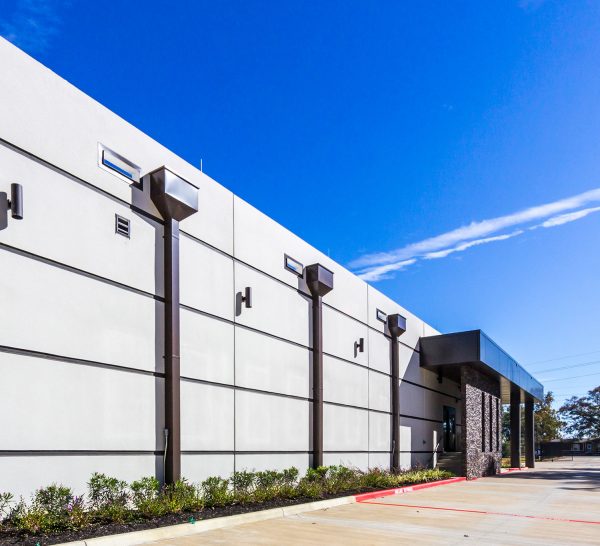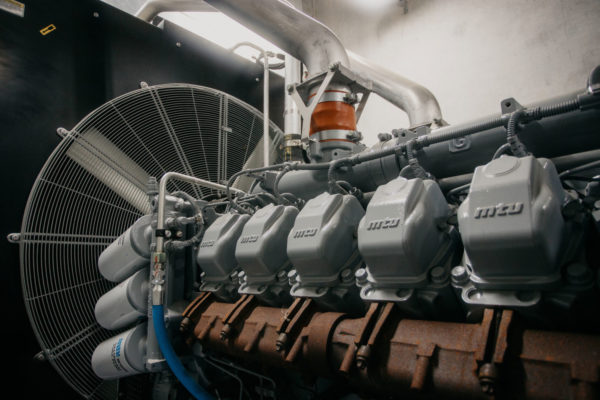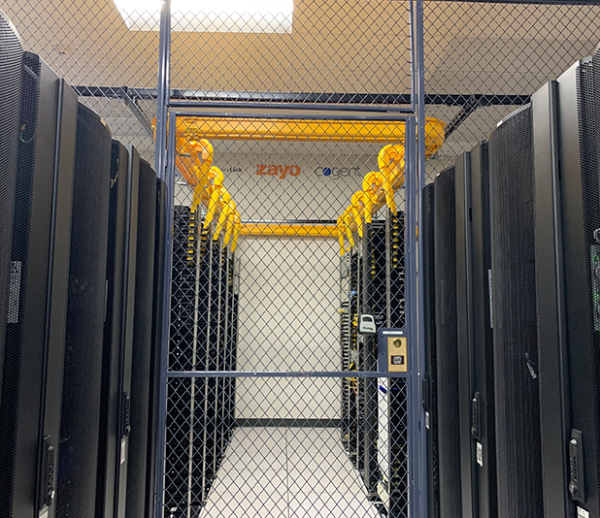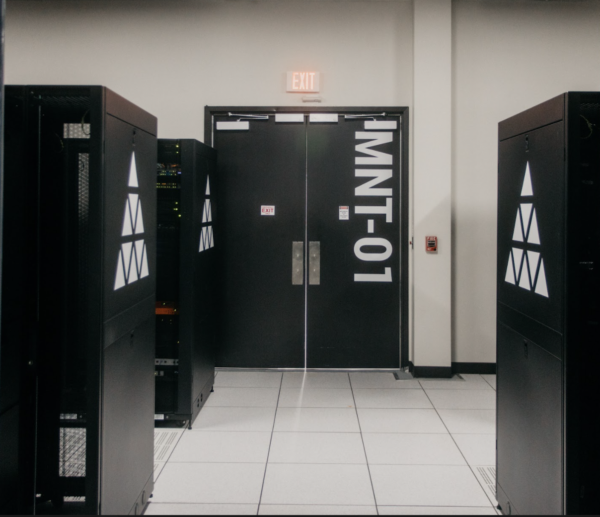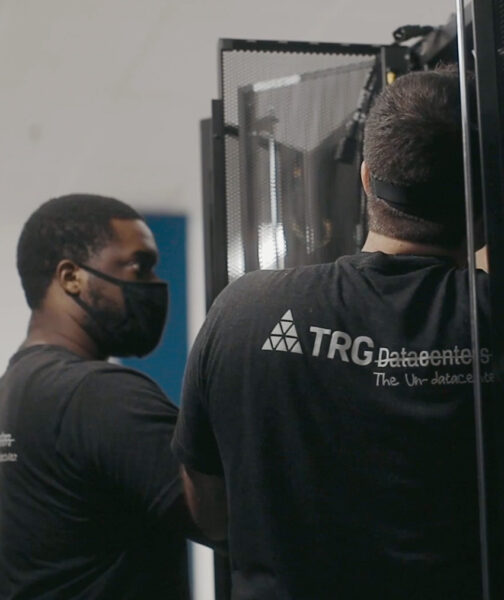AI is reshaping everything, and the data center industry is right in the blast radius. The explosive growth in AI workloads has exposed a problem we’ve ignored for too long: the fragility and limitations of our power infrastructure. Power has always been a challenge for data centers, but now it’s a full-blown crisis. Utility providers simply can’t keep up with the demand curve.
This isn’t a future problem—it’s already affecting project timelines, location strategies, and growth models. If you’re building a new facility today or expanding an existing one, you’re probably waiting on power before anything else. That’s a problem businesses can’t afford to live with.
The good news is that we’re not stuck. Microgrids and distributed energy resources (DERs) give us a viable path forward. They’re not just a backup or a sustainability add-on. They’re the foundation for a new kind of data center—one that isn’t tethered to an aging and overburdened grid.
The Grid Bottleneck
Before we talk solutions, let’s define the problem. AI workloads are incredibly power-hungry. Training a single large language model can consume megawatt-hours of energy. Now multiply that by every company racing to develop proprietary models, process data faster, or train more complex algorithms. The demand isn’t doubling—it’s compounding.
In mature power markets, utilities are maxed out. New connections are delayed by months or years. Even in energy-rich states like Texas, queue times are stretching. Grid operators are rightly focused on resilience, but that means stricter interconnection standards and longer approval cycles. You can’t just flip a switch and add 100 MW to a substation. And when demand is volatile, utilities aren’t keen to build capacity that might sit idle if the AI hype cools down.
The result? Businesses are stuck in limbo. They can lease the land, design the facility, and even order the hardware – but if the grid can’t deliver, none of it matters.
Microgrids: A Parallel Path
Microgrids offer a way out. At their core, microgrids are localized energy systems that can operate independently or in sync with the traditional grid. They combine generation, storage, and smart management to deliver reliable, flexible power at the edge.
For data centers, this changes the game. Instead of waiting for the utility to catch up, you build your own energy system. With a microgrid, power becomes part of your architecture, not just an external dependency. You can start smaller, scale on your terms, and operate without being locked into a utility’s timeline.
More importantly, microgrids aren’t just about autonomy. They enable efficiency. They help you optimize for cost, reliability, and emissions—all at the same time. And when designed with DERs like solar, natural gas, or battery storage, they give you the resilience that hyperscale customers now demand.
DERs: More Than Just Solar
When people hear DER, they think rooftop solar panels. That’s part of it, but in the data center world, DERs go far deeper. We’re talking about gas turbines, fuel cells, battery systems, and increasingly, advanced thermal storage. These aren’t fringe experiments. These are grid-grade assets being deployed at scale.
Fuel-flexible systems, like modular natural gas generators, provide immediate power with low latency and high reliability. Battery storage smooths out the peaks and helps manage intermittency. Combined, they form a layered defense against both grid failures and supply chain risk.
Crucially, DERs allow for multi-source redundancy. You don’t have to choose between utility or generator. You can blend sources and prioritize based on price, carbon impact, or performance. In an environment where uptime is table stakes, that flexibility is gold.
Strategic Siting and Utility Bypass
As microgrids become more viable, the whole conversation around data center location shifts. Instead of clustering around legacy power hubs, businesses can evaluate sites based on land cost, tax structure, and proximity to customers. You’re no longer hostage to utility capacity maps.
Some operators are even bypassing the grid entirely. They’re building fully off-grid campuses with dedicated energy infrastructure. That’s an extreme path, but it proves the point: the power equation is no longer fixed. With the right engineering, you can bring the energy to the workload—not the other way around.
This flexibility is critical for AI. Workloads are scaling faster than utility investment cycles. Businesses that can stand up power quickly, reliably, and sustainably will capture that growth. The rest will be waiting on transformers.
Regulatory Tailwinds and Innovation
Regulators are starting to see the writing on the wall. Across North America, we’re seeing more favorable policies for DER integration, streamlined microgrid permitting, and incentives for grid-aligned self-generation. That’s helping de-risk investment and accelerate deployment.
At the same time, hardware and software are catching up. Modern microgrid controllers use AI to optimize load balancing, reduce fuel consumption, and forecast demand spikes. They’re interoperable, modular, and more secure than ever. Five years ago, building a microgrid required custom design and integration. Today, there are off-the-shelf solutions purpose-built for data center loads.
That’s not to say it’s plug-and-play. You still need expertise in energy markets, system engineering, and compliance. But the barriers are lower, the ROI is clearer, and the strategic value is undeniable.
The Future is Hybrid
The future of data center power isn’t binary. It’s not about going fully off-grid or staying fully dependent. It’s about optionality. Businesses need the ability to blend grid power with self-generated capacity, to shift loads dynamically, and to expand without betting the farm on a utility upgrade that might never come.
That’s where microgrids and DERs excel. They give you a runway. They buy you time. And in many cases, they perform better—on cost, carbon, and continuity.
At TRG Datacenters, we see this shift firsthand. Clients want more than just space and cooling. They want energy strategy. They want partners who can solve for power, not just wait for it. Microgrids let us do that. They let us offer a path forward even when the grid says no.
Don’t Wait for the Grid
If your business is planning AI workloads, don’t assume the grid will be ready when you are. Don’t assume your utility will move fast enough. And don’t assume you have to wait. You don’t.
Start evaluating microgrids and DERs as core parts of your data center architecture. Treat energy as a product you control, not just a service you consume. The companies that get this right will scale faster, operate more reliably, and lead the next wave of AI infrastructure.
We’re entering a new era. Energy independence isn’t a luxury. It’s the unlock for the next generation of digital infrastructure.
Looking for GPU colocation?
Deploy reliable, high-density racks quickly & remotely in our data center
Lease the most reliable GPUs
Our partners have B200s and L40s in stock, ready for you to lease today
